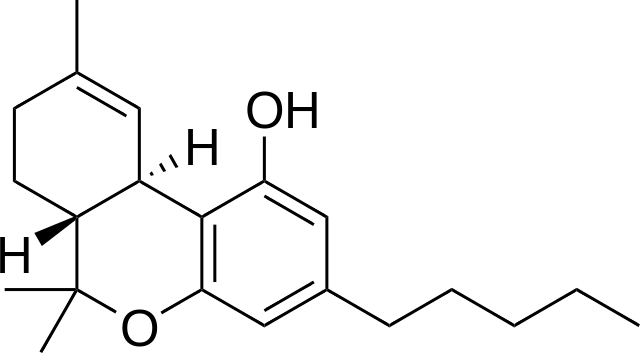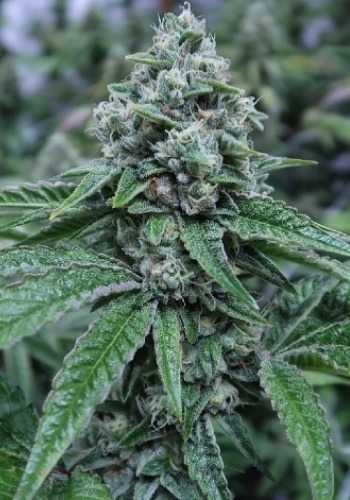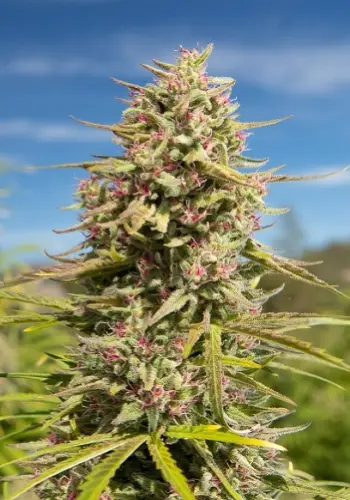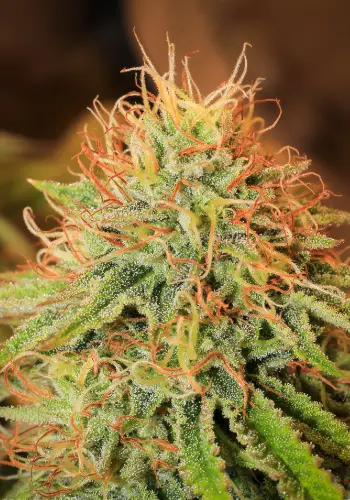A simplified summary of THCv (Tetrahydrocannabivarin)
For the full and scientific summary, scroll down.
THCv is a minor cannabinoid found in dried and cured cannabis flowers. Even though any one flower only contains a small amount of THCv, the compound is earmarked for major therapeutic potential. THCv was first discovered in 1970, by Edward Gil and colleagues and is most abundant in African landraces strains.
THCv is almost identical to THC, but not all the way
THCv’s chemical structure and psychoactive effects are similar to that of THC. That is why THCv is also known as a “propyl-tailed analogue” of THC. The main difference between these two compounds, however, is that THCv’s interaction with the CB-receptors changes in regards to the dosage. Where THC triggers the behavior of all CB-receptors – both in the body (CB-2), as well as in the brain (CB-1) – THCv blocks the behavior of the CB-1 receptors in the brain at low doses (incl. the psycho-activity of THC), while at higher doses, it reverts back into a trigger for the CB-1 receptors.
Medicinal benefits of THCv
Despite the similarities with THC, the medicinal properties of THCv do not translate quite the same. The medicinal benefits of THCv are;
– Reduction of inflammation and inflammatory pain.
– Reduction of Parkinson’s disease symptoms, due to its anticonvulsant and neuroprotective properties.
– The decrease of body fat and the regulation of feeding behavior through its influence on insulin and glucose levels.
– The beneficial effects on bone formation and fracture healing.
– The potential ability to relieve some of the symptoms related to schizophrenia.




